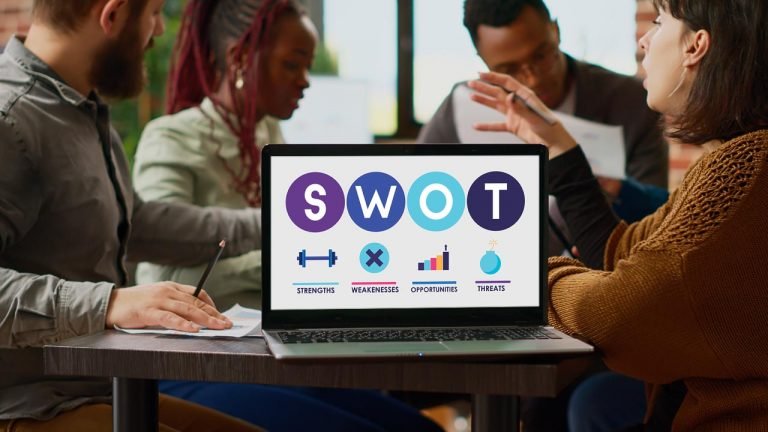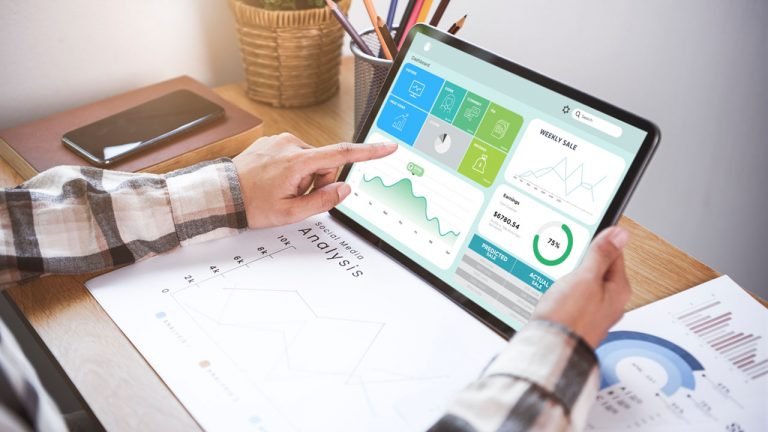In today's digital age, marketing strategies are constantly evolving, and businesses are always on the lookout for innovative ways to engage with their target audience. One such strategy that has experienced a remarkable resurgence is QR code marketing. QR codes, short for Quick Response codes, are two-dimensional barcodes that…










